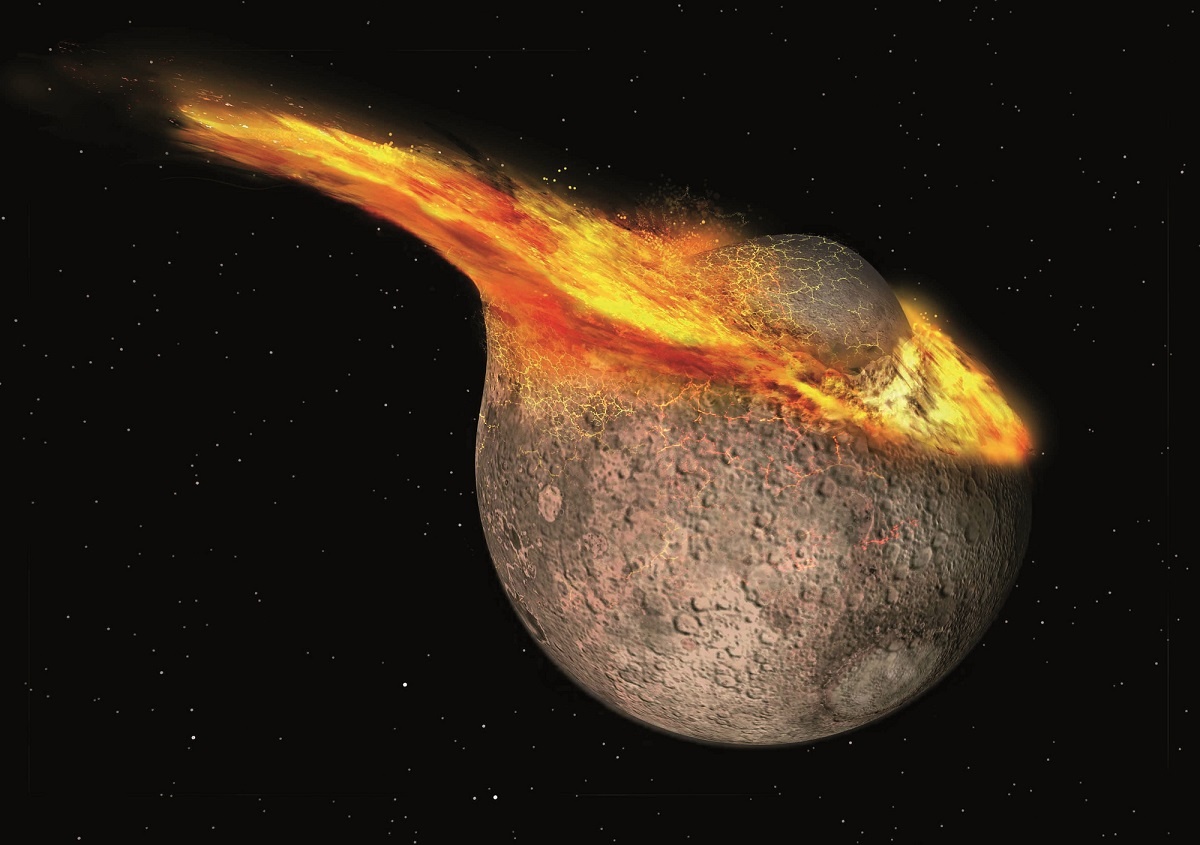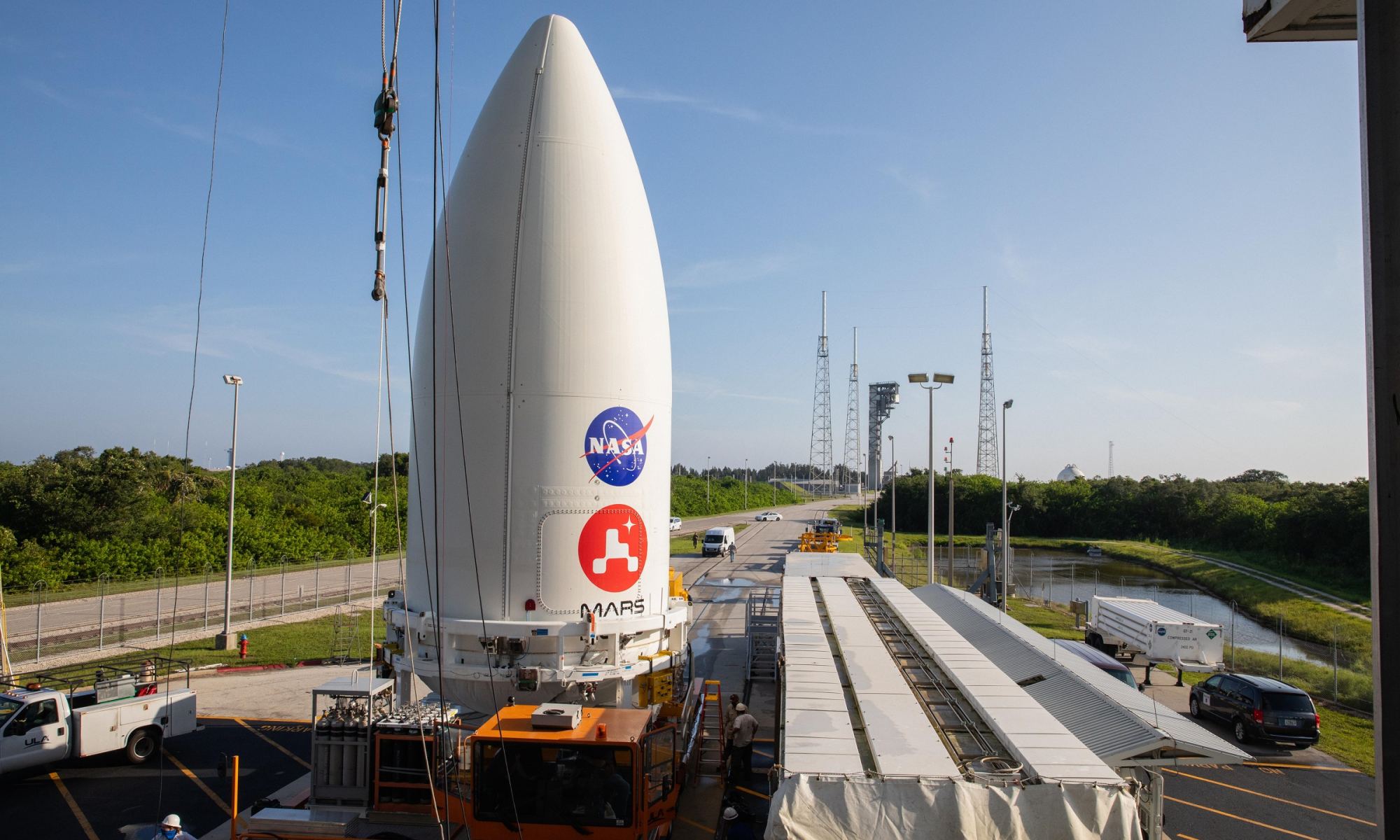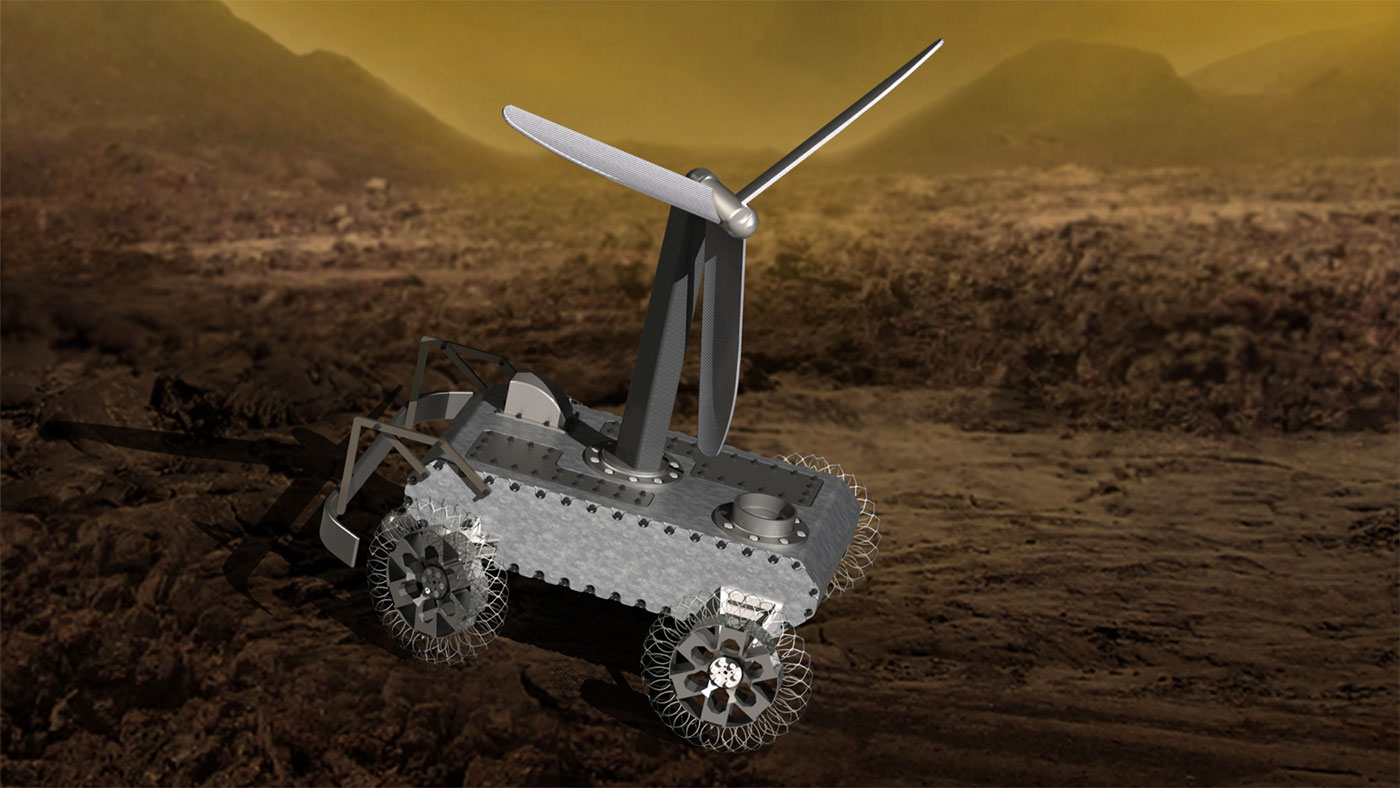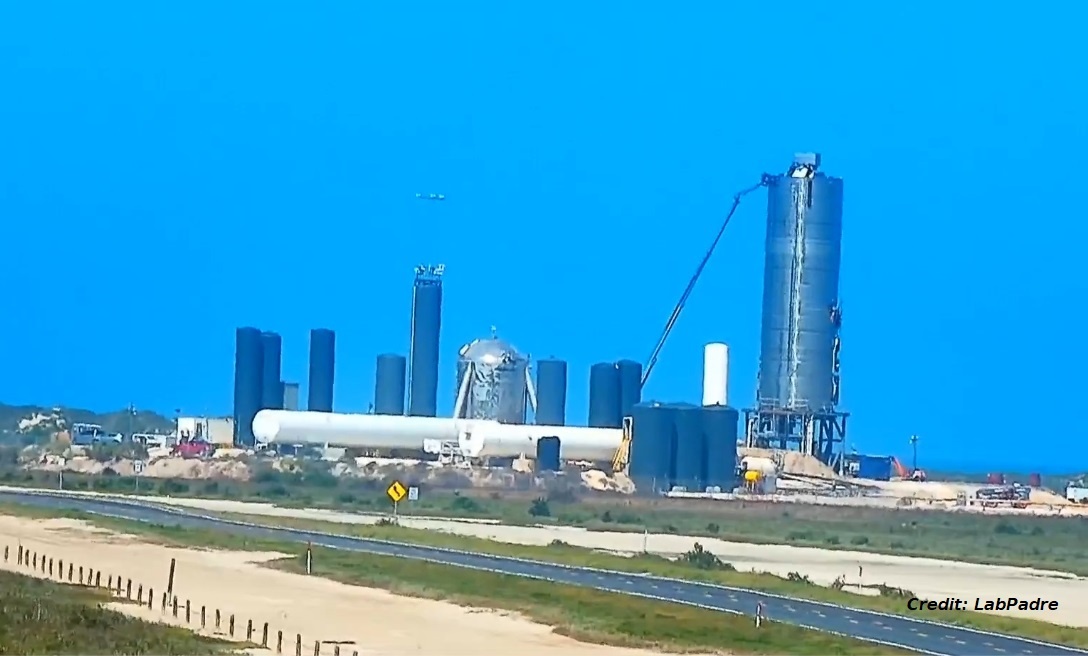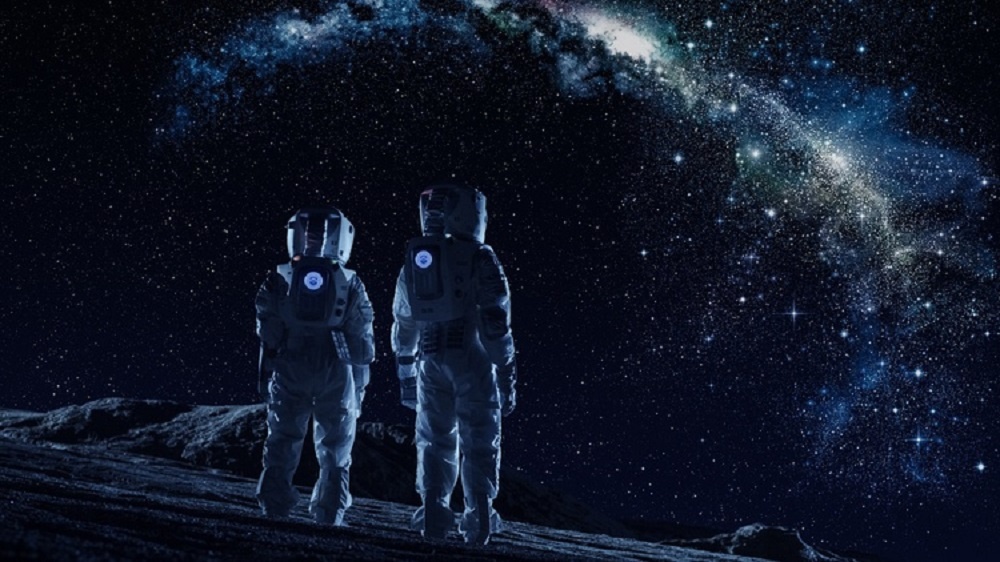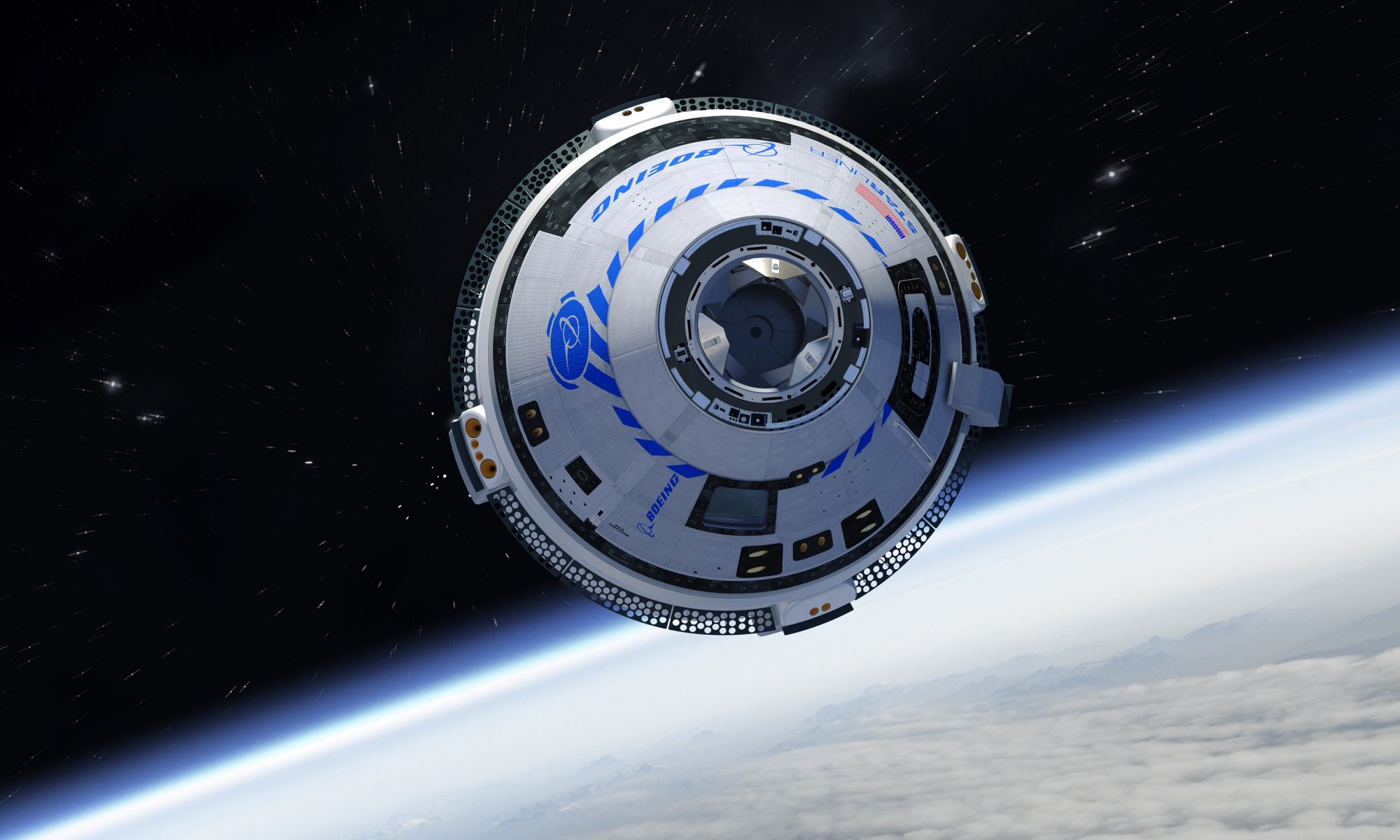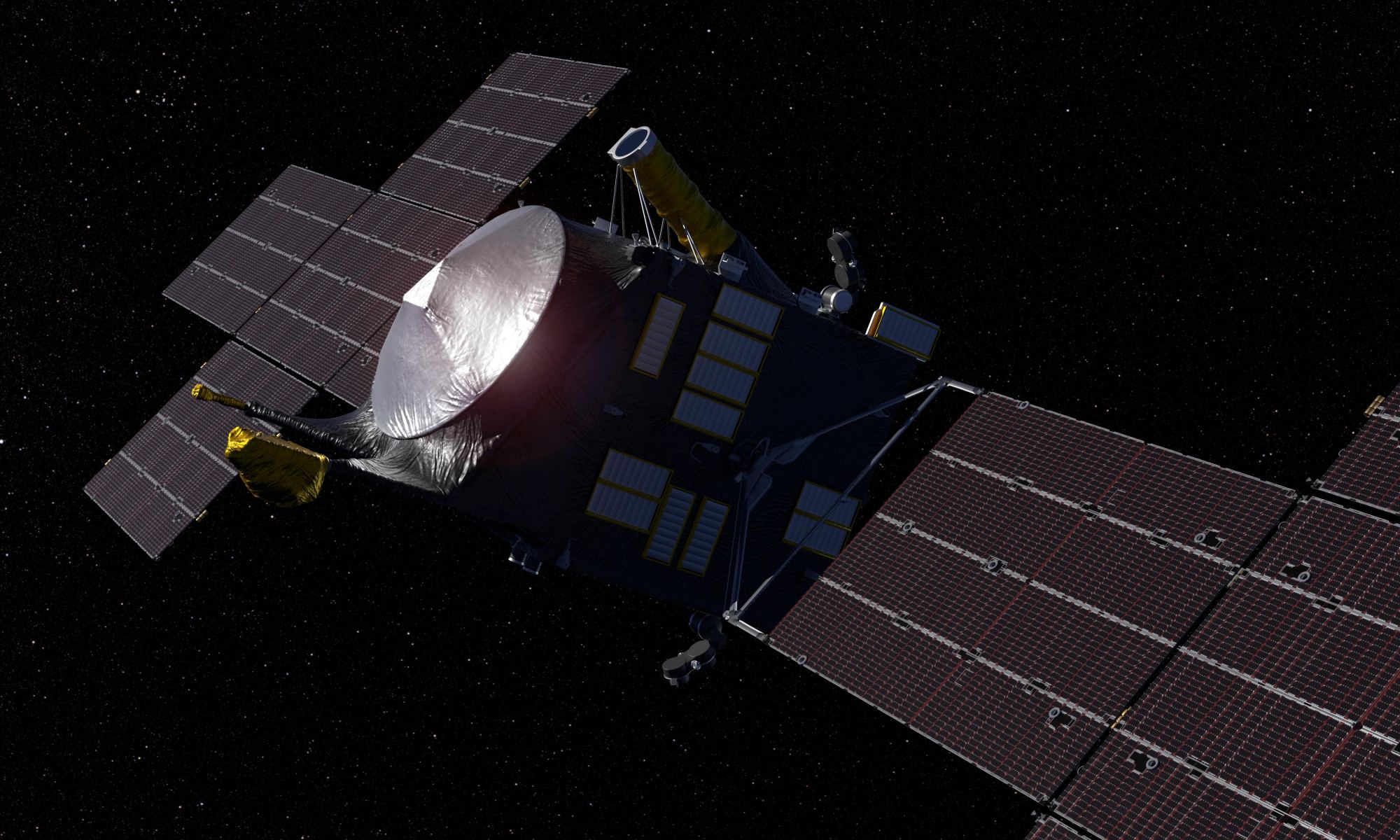According to the Giant Impact Hypothesis, the Moon formed when a Mars-sized object (named Theia) collided with Earth billion years ago, at a time when the Earth was still a ball of magma. This event not only led to the Earth-Moon system we recognize today, it is also beleived to have led to the differentiation of the Earth’s core region into an molten Outer Core and a solid Inner Core.
However, there has been an ongoing debate as to the timing of this impact and how long the subsequent formation of the Moon took place. According to a new study by a team of German researchers, the Moon formed from a magma ocean that took up to 200 million years to solidify. This means that the Moon finished forming about 4.425 billion years ago, or 100 million years later than previously thought.
Continue reading “The Moon Might Have Formed a Little Later than Originally Believed”
